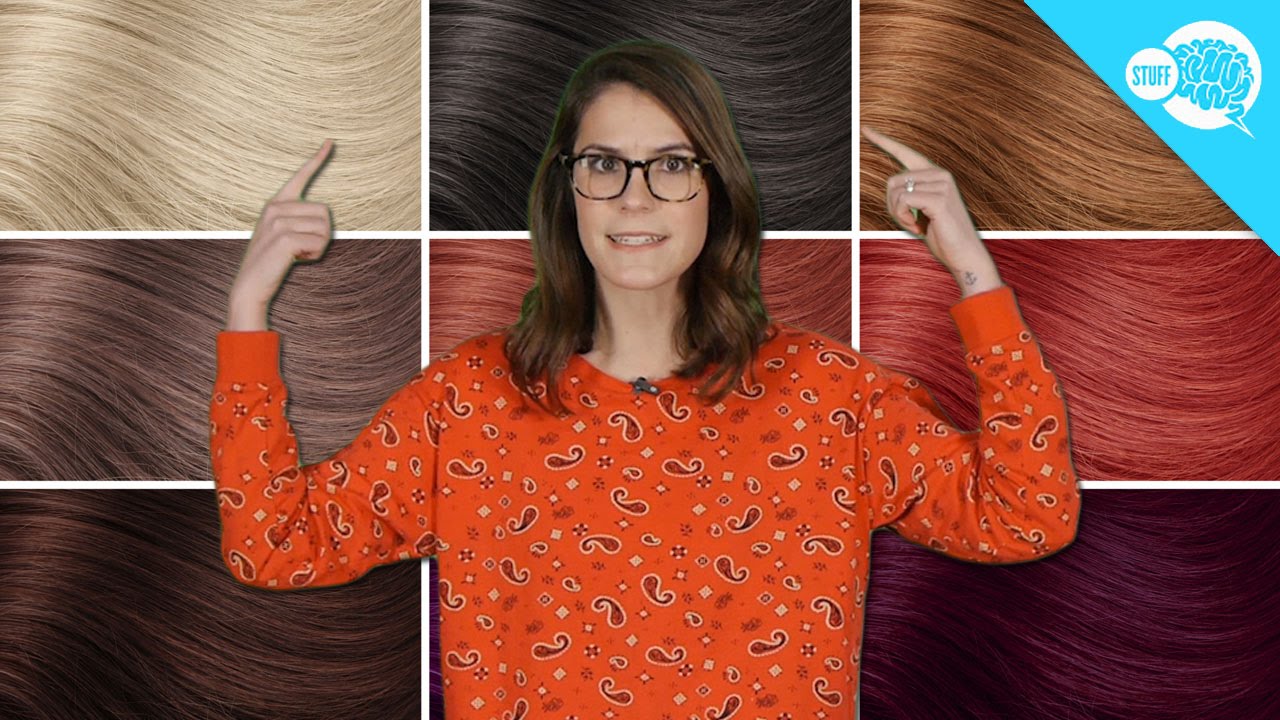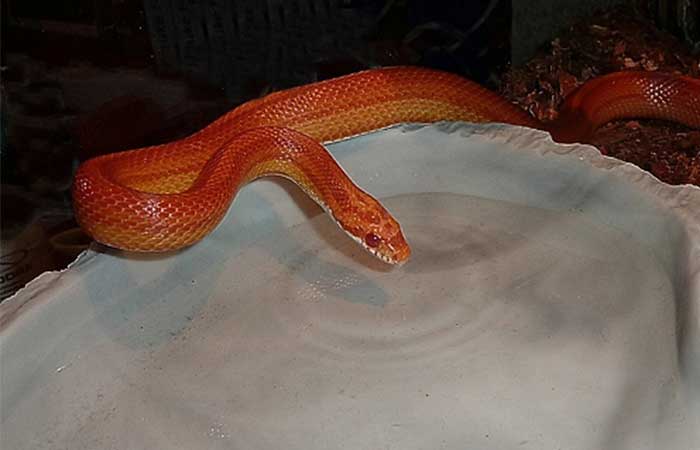What Determines Hair Color
There are a few things that determine hair color: genes, age, and exposure to light. Genes are the most important factor in dictating hair color. Age also plays a role in hair color.
As we get older, our hair tends to get lighter. This is because the melanin in our hair starts to break down and can no longer produce pigment. Exposure to light also affects hair color.
UV rays from the sun can bleached our hair, making it lighter.
There are a few things that determine hair color. The most important factor is the presence of melanin, which is a pigment that gives color to the skin and hair. There are two types of melanin: eumelanin, which gives black or brown color, and pheomelanin, which gives red or blond color.
The amount of each type of melanin present in the hair determines its final color.
Other factors that can influence hair color include environmental factors such as sun exposure and chemical treatments, as well as genetic factors. For example, some people have a mutation in the MC1R gene, which can lead to red hair.
Ultimately, hair color is determined by a complex interaction of many different factors. And while we may not be able to control all of them, it’s fun to experiment with different shades and see what works best for us!
What Determines Your Hair Color?
How is Hair Color Passed down
If you’re wondering how hair color is passed down, you’re not alone. It’s a common question with a complex answer. Here’s a breakdown of how hair color is determined and inherited.
The color of your hair is determined by the amount and distribution of a pigment called melanin in your hair follicles. The more melanin there is, the darker your hair will be. Hair color is an inherited trait, meaning it’s determined by genes passed down from your parents.
There are two types of melanin: eumelanin and pheomelanin. Eumelanin produces black and brown pigments, while pheomelanin produces red and yellow pigments. The ratio of these two types of melanin in your hair follicles determines the kind and amount of pigment in your hair.
Most people have a mix of both eumelanin and pheomelanin in their hair, but one type may be dominant. For example, if you have mostly eumelanin in your follicles, you’ll likely have dark brown or black hair; if you have mostly pheomelanin, you’ll probably have lighter red or blonde hues.
Inheritance patterns for hair color are complex because there are many genes involved – at least seven, according to one recent study .
And each gene can come in different versions (or alleles). So inheritance isn’t as simple as getting half of your mom’s genes and half of dad’s – it’s more like mixing and matching different allele combinations from each parent to produce a final result that falls somewhere on the spectrum from light to dark . But even with all this complexity, scientists have been able to identify some general patterns in how certain alleles are associated with certain kinds of pigment production .
For example , one common allele (or version)of the MC1R gene is associated with higher levels of eumelanin production , which typically results in darker hues .

Credit: explorebiotech.com
Which Parent Determines Hair Color?
When it comes to hair color, it is determined by a combination of genetics from both parents. However, there are some cases where one parent may be a dominant gene carrier, meaning that their hair color is more likely to be passed on. In general, though, it is a mix of genes from both mom and dad that determines what shade your locks will be.
So, if you’re wondering which parent contributes more to your hair color, the answer is…it’s complicated! It really depends on the specific genes involved and how they interact with each other.
However, in most cases, it’s safe to say that hair color is determined by a combination of genes from both parents.
What are Three Factors That Determine Hair Color?
There are three primary factors that determine hair color: genetics, age, and exposure to sunlight.
Genetics is the most significant factor in determining hair color. For example, if both of your parents have dark hair, it’s likely that you will too.
Age is also a major factor – as we get older, our hair tends to lose its pigment and become lighter. Finally, exposure to sunlight can also affect hair color. If you spend a lot of time in the sun, your hair may become lighter or darker as a result.
What Genes Decide Hair Color?
There are a few different genes that play a role in hair color. The most important gene is the MC1R gene, which is responsible for producing the pigment called eumelanin. Eumelanin comes in two colors, black and brown.
People with black hair have more eumelanin than people with brown hair. The other main type of pigment is called pheomelanin, which comes in red and yellow colors. People with red hair have more pheomelanin than eumelanin.
The amount of each pigment that is produced is determined by other genes, as well as environmental factors like sun exposure. For example, someone who has the genetic potential to produce a lot of eumelanin may end up with lighter hair if they are constantly exposed to sunlight (which can break down the pigment).
So, in summary, there are several genes that contribute to hair color.
The most important gene is MC1R, which determines how much eumelanin is produced. Other genes and environmental factors also play a role in determining final hair color.
Can Two Brown Haired Parents Have a Blonde Baby?
It’s possible for two brown-haired parents to have a blonde baby. While the odds are usually about one in four that a child will have hair lighter than either parent, there is no scientific guarantee that this will be the case. Blond hair is determined by a genetic mutation that takes place in the melanocytes, cells responsible for producing pigment.
The mutated gene causes these cells to produce less pigment, resulting in lighter hair color. If both parents carry this mutated gene, there is a 25 percent chance their child will be born with blonde hair.
Conclusion
Hair color is determined by the amount of a pigment called melanin in your hair. The more melanin you have, the darker your hair will be. Your genes play a role in how much melanin your hair contains.
Other factors, such as sun exposure and aging, can also affect hair color.







